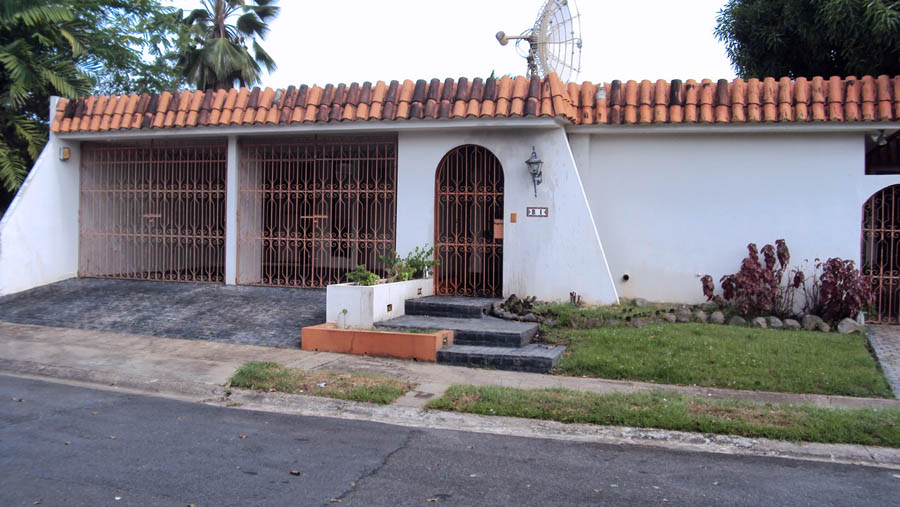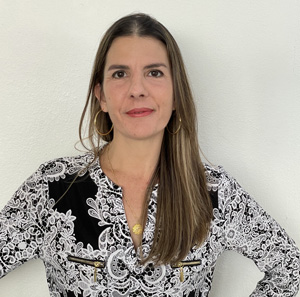Inflation increases costs for flipping homes in Puerto Rico

Investors face rising material and labor expenses as well as challenges with abandoned property.
Finding a property to flip is one of the hardest parts of the business, Fernando Rodríguez-Esteban, president of San Juan-based Aresta Group LLC, which specializes in property flipping investments, said in an interview with News is my Business.
“Finding an abandoned house that the owners are willing to sell at a reasonable price is the hardest part of the process,” Rodríguez-Esteban said. “It’s the kind of business that has to be a ‘win-win.’ Everyone has to win. The homeowners who are interested in getting rid of it because it’s in bad condition, maybe they have a financial situation and they can’t fix it, and many times it’s a house they inherited.”
The expert explained that many people inherit homes in disrepair, which no one in the family is interested in, motivating them to sell quickly.
There are “many situations, many conditions that the person is motivated to sell it fast without having to go through the process of going to the bank and having it appraised,” and they prefer finding an investor willing to purchase it, often paid in cash. This expedites the process to just a few days to verify the title and complete the purchase.
Rodríguez-Esteban detailed various techniques for finding houses to flip, such as driving through neighborhoods “you are interested in” and “looking at houses that are abandoned and sometimes talking to neighbors.”
“Trying to find the owners is the hard part, so you ask the neighbors. When you do find the owners and they are willing to sell at a reasonable price,” the flipping process involves “buying that property, fixing it, remodeling it, making it pretty and habitable to resell to a family that can enjoy it.”
The slogan “turning houses into homes” reflects the company’s mission. However, global inflation has doubled the costs of flipping houses in terms of materials and labor, he said.
Houses that used to cost $120,000 post-flip, with initial purchase prices around $60,000 to $70,000 and $25,000 in improvements are costing significantly more.

“Today, you have to invest $40,000 to $50,000, and you buy the house at higher prices before flipping it,” Rodríguez-Esteban said. “Before you tried to make 30% of what you invested, but today you make between 15% to 20%. There are cases where you can make 50% of what was invested, but it’s rare.”
Rodríguez-Esteban noted that higher-end properties yield lower returns.
“You could make 10%, 12% or 15%. At the end of the day, it’s a percentage game,” he emphasized. “More high-end properties offer less in return on investment, in flips and in rentals.”
According to Architectural Digest, many home flippers follow the 70% rule, investing no more than 70% of the estimated after-repair value (ARV) of the house.
“You generally calculate ARV as the current property value plus the added value of any renovations you do,” reads the Architectural Digest article. “The basic idea is that you want see at least a potential 42% gross profit from your sale for the project to be worthwhile, and that you can cover the closing costs, carrying costs, commissions and other non-renovation expenses with the difference between the purchase and ultimate sale price.”
Abandoned homes
Rodríguez-Esteban highlighted that economic problems in Puerto Rico lead to many abandoned houses, as the island lacks a transparent, efficient process for municipalities to take possession and dispose of these properties.
What has been implemented in Puerto Rico is the public nuisance concept, when the municipality tries to force the owners to sell them, he said.
The existing public nuisance concept is “complicated and unclear,” he said. In contrast, the U.S. mainland has more straightforward processes such as tax liens and tax deeds, allowing third parties to pay property taxes and eventually take ownership if the original owner defaults.
“In the U.S. it’s called property taxes, a third party pays those property taxes. If two, three years pass, the municipality can sell that property to the person who paid the lien, under certain terms,” he explained. “The tax deed is different; the municipality takes over the property if the person is not paying property taxes in two or three years and then they sell it … so that a property is not abandoned for more than two to five years. In Puerto Rico, that doesn’t exist and that is why you see properties that have been abandoned for 40 years.”
Rodríguez-Esteban called for a process enabling municipalities to take over and dispose of abandoned properties to address the issue.




